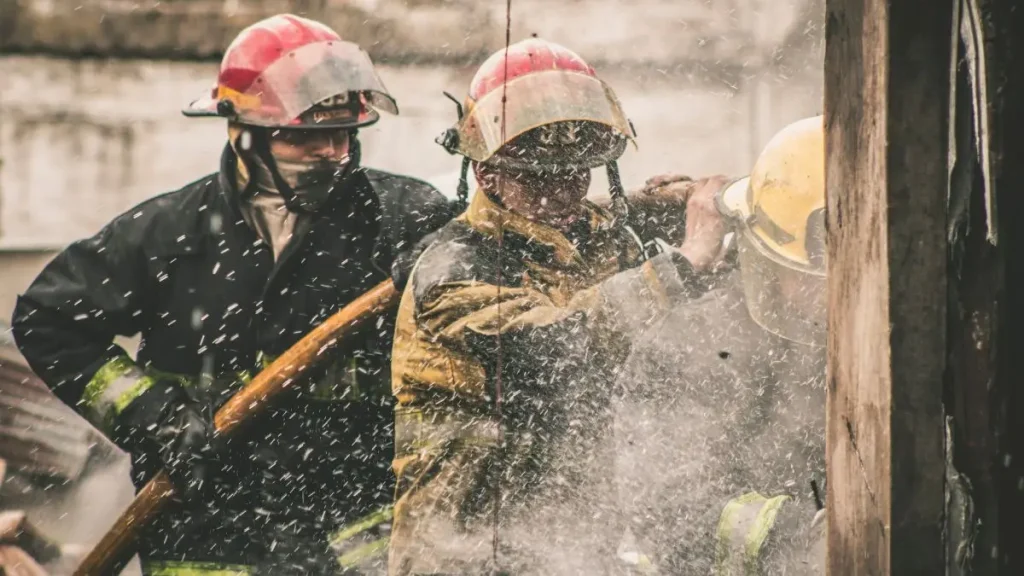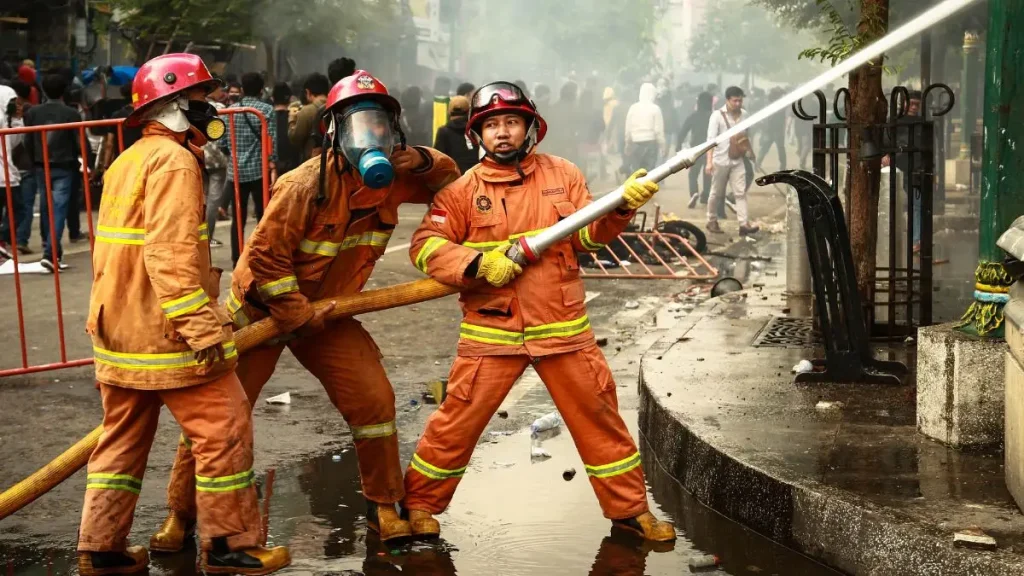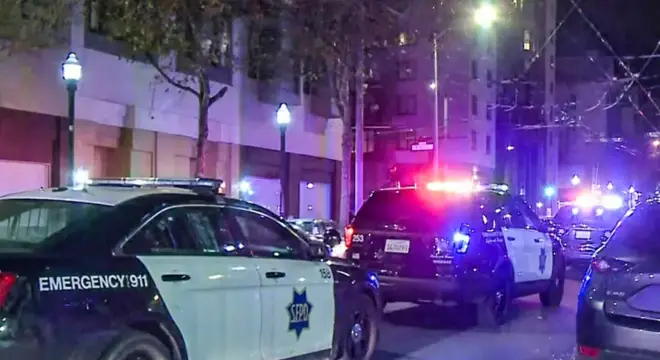Officials: Poconos House Fire Leaves 5 Dead, Including 4 Children
I wish I wasn’t writing this, but here we are again — another late-night house fire in Pennsylvania, and this time an entire family is gone. A mother, Aida Marrero, and her four children — ages just 14, 6, 5, and 1 — died inside their home on Willow Street in Franklin Township when flames tore through just before midnight on Tuesday.
By Thursday, the Carbon County Coroner’s Office confirmed what no parent ever wants to imagine: all five deaths were accidental. Smoke inhalation, burns, toxic fumes — that’s what took their lives in minutes. The Pennsylvania State Police say there’s nothing suspicious here, but the exact cause of the blaze is still being investigated.
I’ve read every local report and most headlines stop at “five killed in fire.” But let’s be real — when you hear about a mom and four kids dying in their own home, the question running through your head isn’t just what happened. It’s: Could this happen to me? To my family? What signs do we miss before it’s too late?
That’s exactly what I want to unpack with you here. We’ll look at what we know, where the reporting falls short, and what lessons we can carry forward so that one more parent doesn’t have to face what Marrero’s neighbors woke up to that night.
Before we go further, let me ask you: when was the last time you checked your smoke alarms or walked your kids through an escape plan?
What Happened on Willow Street That Night?

It was just before midnight on Tuesday when fire crews got the call. A house on Willow Street, Franklin Township, was engulfed in flames. By the time firefighters arrived, the blaze had already taken over the structure.
According to NBC Philadelphia, neighbors reported seeing heavy smoke and hearing sirens flood the quiet Pocono neighborhood. Firefighters fought for hours, but when the smoke cleared, nothing could be done for the five people trapped inside.
Reading those reports, what struck me is how fast these fires can move. We imagine we’ll have minutes to react — the truth is, in many cases, you only have seconds.
Victims Identified by Officials
On Thursday, the Carbon County Coroner confirmed the identities. Thirty-seven-year-old Aida Marrero and her four children — Kaylee (14), Matthias (6), Aiden (5), and baby Nathaniel (1) — all lost their lives that night.
6ABC reported that the children were students in the local school district, which immediately mobilized grief counselors for classmates and teachers. For a small community, these names aren’t just part of a headline — they’re classmates, neighbors, and friends.
When I read those ages, I couldn’t help but pause. Fourteen years old — old enough to be planning high school goals. One year old — just starting life. The heartbreak isn’t in the statistics; it’s in imagining the birthdays and futures that will never come.
Coroner’s Report — What Caused Their Deaths
The official report was blunt. The victims died from smoke inhalation, severe burns, and toxic gases released by the blaze. The deaths were ruled accidental.
It’s important to understand that in most fatal fires, smoke is the killer, not the flames. According to the U.S. Fire Administration, inhaling just a few breaths of thick smoke can knock you unconscious before you even realize what’s happening. That’s likely why this family never made it out.
The Pennsylvania State Police confirmed there are no suspicious circumstances, but investigators haven’t yet pinned down the exact cause. That uncertainty — was it wiring, a heater, something else — is what leaves families across the region anxious. Because if it happened here, in an ordinary house on an ordinary night, it could happen anywhere.
Sometimes the cause is clear, other times it’s destroyed beyond recognition — just like in this Colorado case where officials are still piecing together what sparked a sudden house fire.
How Investigators Work to Find the Cause?
When you hear “cause under investigation,” it might sound vague. But fire investigations are a science in themselves. Specialists look at burn patterns on walls, examine electrical systems, trace where the flames started, and even study how smoke traveled through a structure.
Sometimes, the answer is obvious — a space heater too close to bedding, or faulty wiring in an old wall. Other times, the clues are so destroyed that the exact ignition source is never found. That’s why we still don’t know what sparked the Willow Street blaze.
As frustrating as that is, it’s a reminder: investigators aren’t just chasing blame. They’re trying to learn lessons that could stop the next tragedy.
The Bigger Picture — House Fires in the Poconos and Beyond

This isn’t the first time Carbon County has faced something like this. Local records show multiple fatal fires in rural Pennsylvania over the last decade, often tied to older homes without modern fire protections.
Nationally, the NFPA (National Fire Protection Association) reports that children under 15 make up roughly 1 in 4 home fire fatalities. That’s not because parents don’t care — it’s because kids panic, hide instead of escaping, or simply can’t move fast enough through smoke.
And rural areas like the Poconos carry added risks. Fire crews have longer travel times. Many homes are older, with outdated wiring. Heating systems and wood stoves are common, which increase the chances of a spark turning into a full-scale fire.
So while this tragedy feels uniquely personal to Franklin Township, it sits inside a much bigger problem we’re still struggling to solve as a country.
What about you — does your family have a fire escape plan, or is it one of those things you’ve been meaning to set up but never actually practiced? I’d love to hear your thoughts in the comments.
Community Response and Grief Support
The shock hit fast. The local school district released a statement calling the loss “devastating,” while announcing grief counseling for classmates and staff. Neighbors have already begun organizing vigils and fundraisers to support surviving relatives.
Community response matters because it tells the family they’re not alone. But it also becomes a mirror for everyone else: a chance to ask the uncomfortable but necessary question — are we prepared if this happens to us?
I’ve seen dozens of local parents sharing safety tips and resources in community spaces — even in WhatsApp updates where people warn each other about fire risks and share quick prevention checklists. Those little reminders often reach families faster than any official notice.
Lessons Learned — Fire Safety for Families
It’s easy to read a story like this and feel powerless. But if there’s one thing fire officials always stress, it’s that preparation saves lives.
Most fatal house fires don’t happen because people ignore danger — they happen because smoke moves faster than we think. The NFPA says you may have less than two minutes to escape once an alarm sounds. That’s it.
For families, that means three simple but life-changing steps:
- Smoke alarms on every floor, tested monthly.
- An escape plan — two exits from every room, and practice drills with kids.
- Safe habits — no overloaded outlets, no heaters near bedding, no blocked exits.
These aren’t dramatic steps. They’re small, boring routines. But boring routines are what keep children alive when seconds count.
This isn’t just Pennsylvania — in Washington state, a North Bend home was nearly destroyed after an explosion triggered a massive fire, showing how quickly everyday systems can turn deadly.
What Happens Next?
Right now, investigators are still combing through what’s left of the Willow Street home. The Pennsylvania State Police say it may take weeks before a final cause is known.
Once that report is out, questions will follow: Was this a tragic accident of chance, or did something structural — faulty wiring, an old heating system — play a role? Could any local codes or inspections have prevented it?
Families in Carbon County deserve clear answers, and they will come. But in the meantime, the silence of “under investigation” is a hard one to sit with.
We’ve seen it elsewhere too — after a Brownsville blaze gutted an abandoned home, neighbors rallied not just to grieve but to push for stronger fire safety enforcement.
Final Word — Honoring Lives, Learning Lessons
Five names. Aida, Kaylee, Matthias, Aiden, Nathaniel. It’s important we say them out loud, not just read them in passing. These weren’t “five victims.” They were a mom and her kids, living everyday lives, until one night changed everything.
If there’s anything to take from their loss, it’s this: don’t wait. Test the alarm. Teach your kids what to do. Clear that escape path. Because as this tragedy shows, you don’t get warnings — you get minutes, sometimes only seconds.
If you want more real-world stories and safety takeaways, check out our Home Incidents section
where we break down lessons from fires, burglaries, and emergencies — always with one goal: helping families stay safe.
Disclaimer: The investigation is ongoing. Details may change as officials release more findings. This piece will be updated with new verified information as it becomes available.


